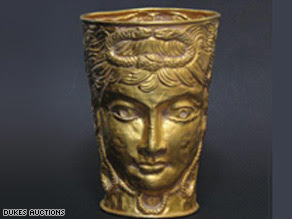
Electra would have liked this story.
The thirty-foot tall lighthouse overlooking Cape Cod's Wellfleet Harbor was built in 1881. In 1925, it was gone. Over the years, people lost track of what had become of it. Local historians believed for decades that it had been taken down and destroyed at that time.
The lighthouse was found a few months ago, 3,000 miles away in Point Montara, California. It had been moved across the country.
Colleen MacNeney figured out what had happened to the missing lighthouse with her parents, Sandra and Bob Shanklin, known as "The Lighthouse People" because they've photographed every lighthouse in the United States. They recognized an old photo of the lighthouse at the U.S. Coast Guard Historian's Office in Washington, D.C. while organizing their photos. It looked like a lighthouse they had photographed in California. They researched it and found out they were the same lighthouse. Apparently, the lighthouse service was trying to save money by replacing a dilapidated lighthouse in Point Montara with the one from Cape Cod.
Electra would have appreciated that materials from an old structure were being reused. After all, Shelburne Museum's Horseshoe Barn (which houses the vehicle collection) was built with beams and shingles salvaged from old Vermont barns and gristmills. Also, she would have liked that someone else had the idea of moving a lighthouse so many years before she moved the Colchester Reef Lighthouse from the middle of Lake Champlain to Shelburne Museum. And I'm sure Electra would feel a kinship with the Shanklins. They collect lighthouses, too, through their photographs, and through their passion to record an image of each one in the United States.
http://www.boston.com/news/local/breaking_news/2008/06/case_of_the_mis.htmlhttp://www.cnn.com/2008/US/06/04/lighthouse.found.ap/index.html









